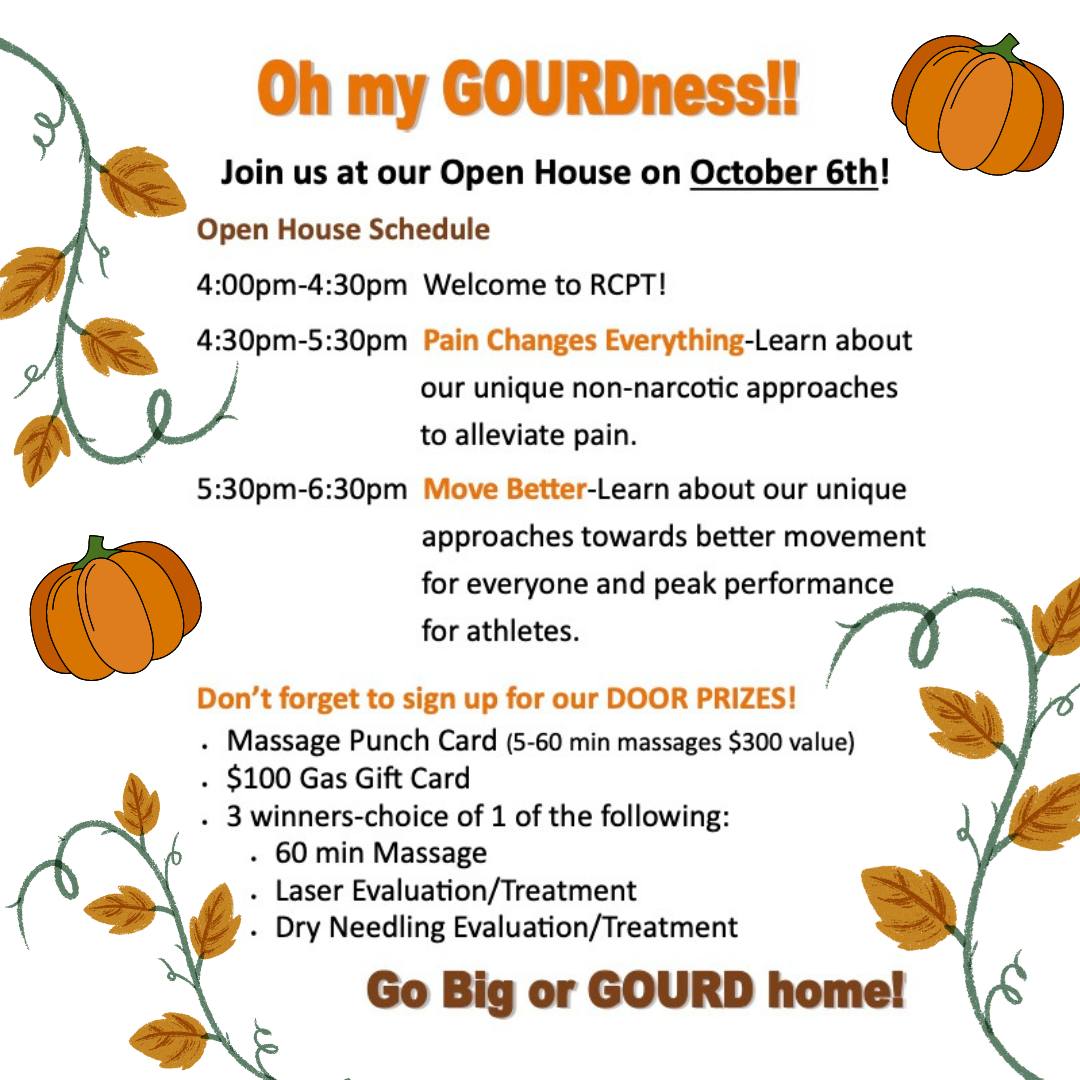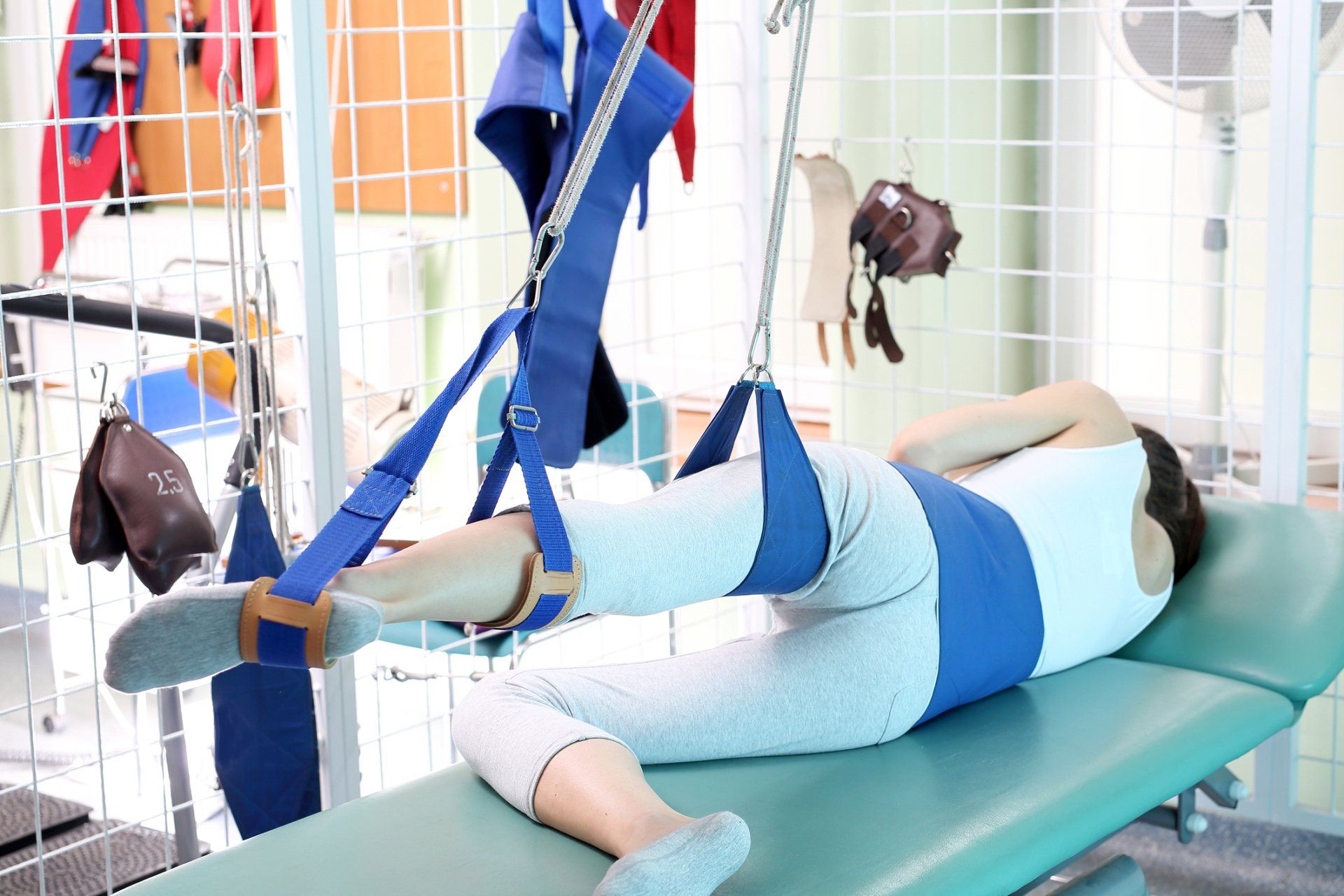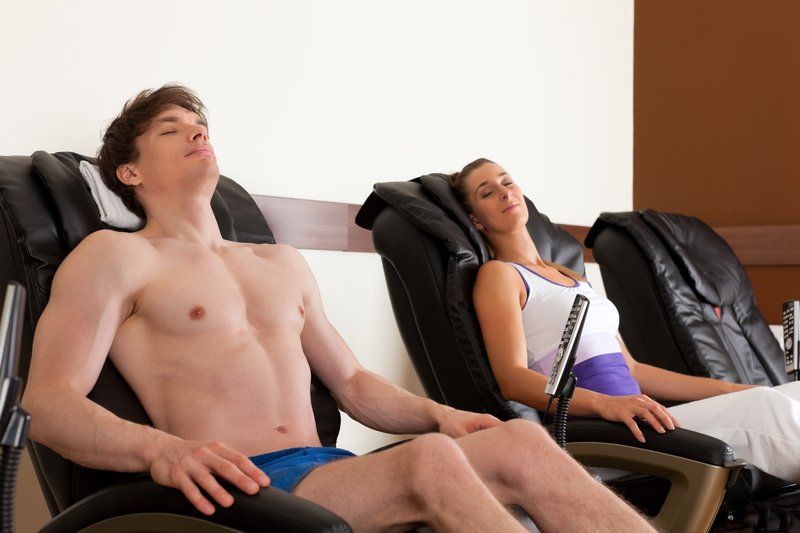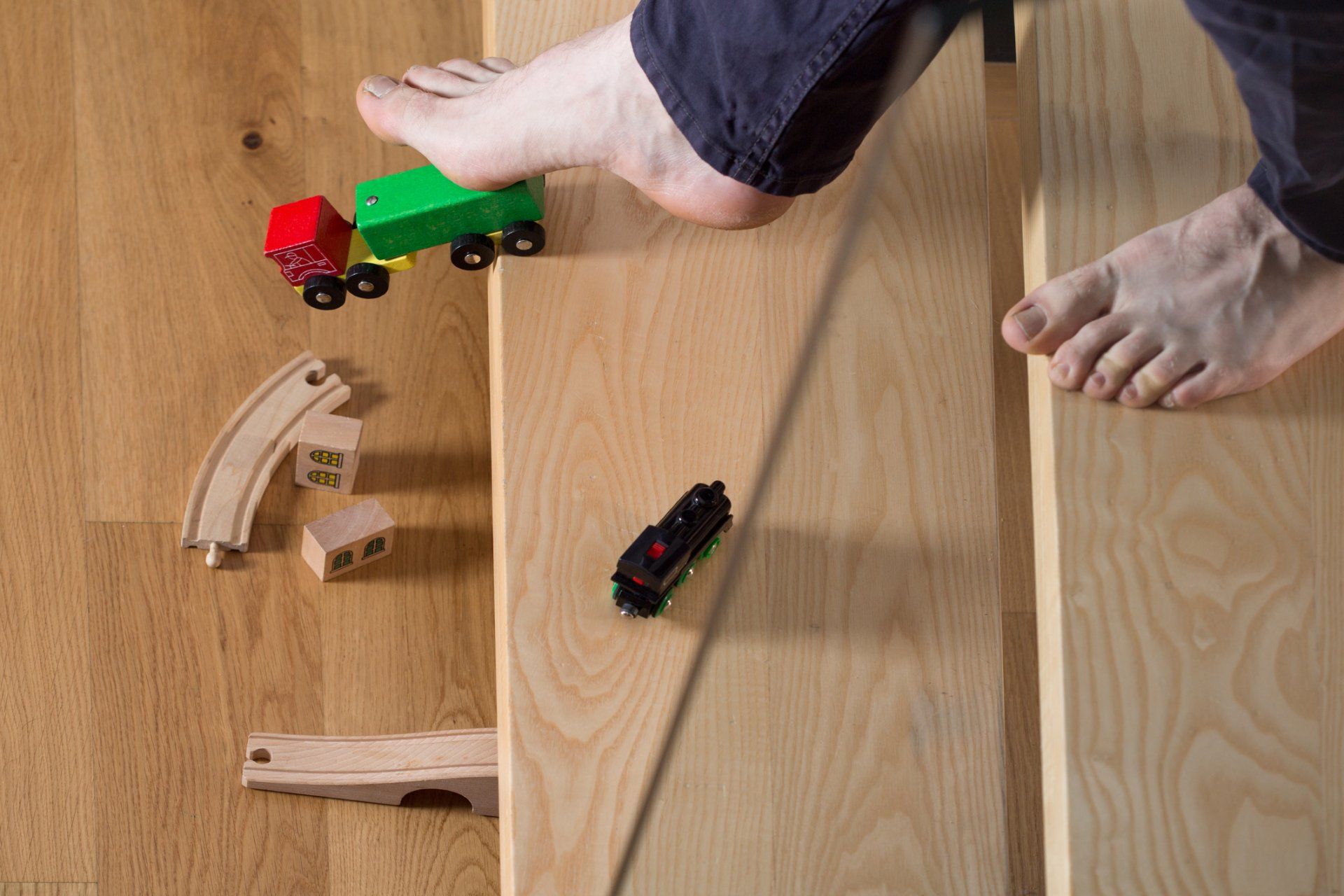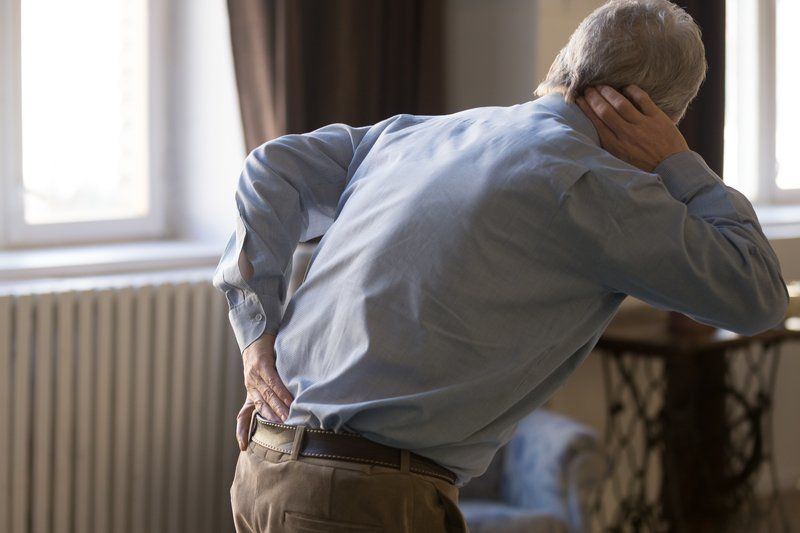-

400 Collins Rd NE, MS 154-100 Cedar Rapids, IA 52498
-

Things Postmenopausal Women Can Do to Reduce the Impact of Osteoporosis
If you’re getting older and keeping up with your routine doctor visits, you’ve probably been hearing a lot about osteoporosis. Osteoporosis is a very common condition in older adults. Approximately 10 million Americans are currently living with osteoporosis.
If you’ve already been diagnosed with this condition, you know that unfortunately there’s no cure. But there are a number of steps you can take towards maintaining your acceptable quality of life. As always, you should discuss any potential change with your medical professionals first before adopting any new routines.
Seek Physical Therapy
Exercise is good for everything, and that includes osteoporosis. Exercise can help with maintaining bone density and making muscles stronger, two areas that you’ll really want to target after an osteoporosis diagnosis. One thing you’ll want to consider, though, is safety. Not all exercise moves and routines are safe for an individual with osteoporosis. Most types of exercises, however, can be adapted for safety.
Physical therapy is something you may want to consider if you’re living with osteoporosis. Physical therapy can reduce the impact of osteoporosis because you are getting regular exercise in a safe way. Consulting with a physical therapist above building a safe exercise routine can be very helpful in maintaining your quality of life.
Talk to Your Doctor about Medication Options
Medication is probably the first thing most people think of after receiving any diagnosis. And when it comes to living with osteoporosis, more and more prescription drugs and treatments are becoming available.
You’ll probably hear about different medications without even having to do much research. Many of these treatments are newer. For example, some studies have indicated that an abaloparatide injection drug regimen reduced the risk of vertebral and nonvertebral fractures and that the effects continued after switching to alendronate. Treatment with bisphosphonates, in contrast, has been around for decades.
Mitigate Your Risks
And finally, the last thing you should consider is taking steps to mitigate your fall and/or fracture risk. People with osteoporosis are at a much higher risk of getting a bone fracture than the general population, so it’s important to have an accurate picture of your personal fracture risk.
Fortunately, there are many resources to help you. You can calculate your fall risk using various websites and tools, and you can also take in-person or online courses to learn more about living with osteoporosis.
Having osteoporosis isn’t an ideal diagnosis, but it’s far from receiving a death sentence. If managed correctly through medication, treatment, and planning, you likely have many more healthy, productive years in front of you.
Read this next: Common Questions Physical Therapy Patients Have


